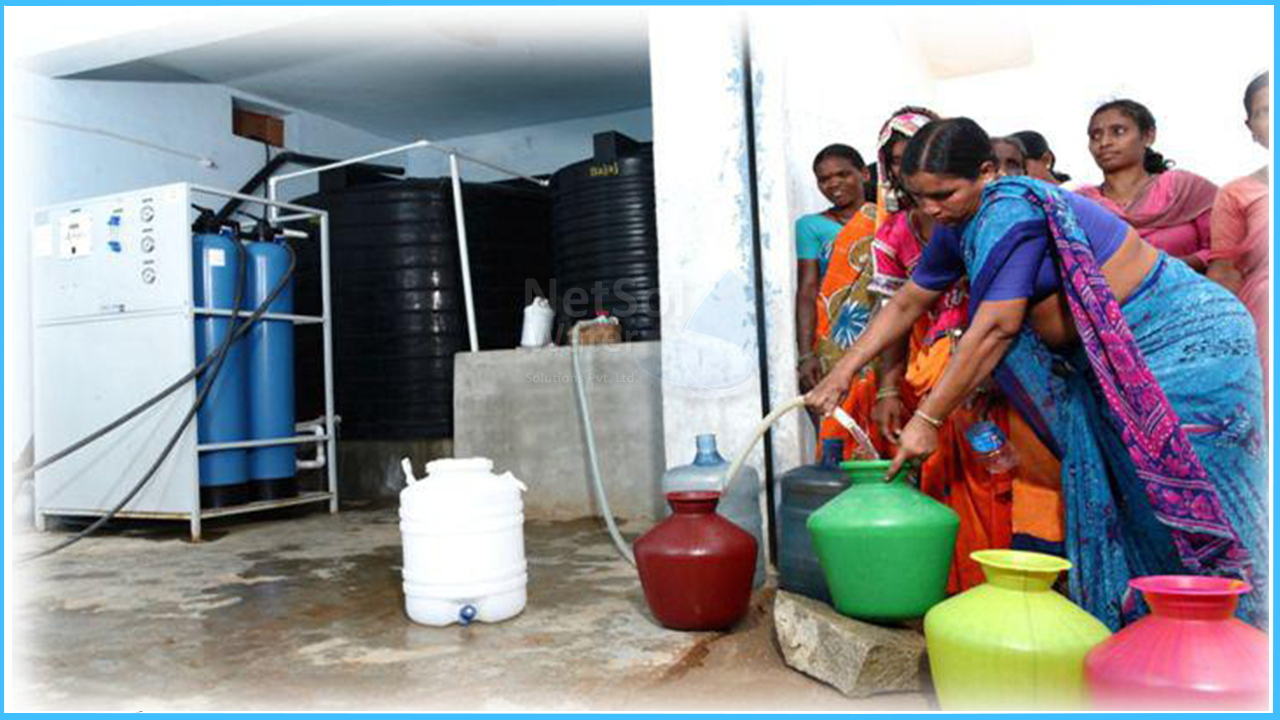Contaminated water has historically been associated with the spread of fatal diseases. Pure or filtered water is the best way to get all of the nutrients while staying hydrated. We are all aware that drinking plenty of water is beneficial to our health. However, there is still the option of drinking water. Whether it should be filtered or directly bottled at the source.Water is the source of all life. Drinking water has become extremely contaminated, which is a concerning condition. Despite the fact that water covers three-quarters of the world, the amount of drinkable water is extremely restricted.In cities and villages, water without filtration is not suitable to drink or use for domestic purposes.
If the membrane is of good quality, reverse osmosis can remove 100% of microorganisms such as viruses and bacteria, as well as up to 99.8% of solid suspension, including salt. Water is forced through a semipermeable membrane that traps all particulates larger than 0.0009 microns using mechanical pressure. As a result, RO not only purifies but also desalinates water.
Having RO water filters and plants makes drinking water healthy and risk-free. It's a one-stop shop for all water-borne illnesses, as well as a way to stay fit and healthy. RO filters also improve the flavor of water while also incorporating the important minerals found in clean water.The reverse osmosis filtering system produces perfect water that is parasite- and germ-free, and devoid of contaminants. RO filters are ideal for use in the home or workplace because they are less expensive than bottled water and contain significantly more minerals.
WHAT ARE THE ADVANTAGES OF RO PLANTS AND ITS PURIFICATION?
1. Reverse osmosis filtration may purify water by removing up to 95% of dissolved contaminants. It cleans the water from bacteria, organics, pathogens, viruses, and other micro-particles, making it safe to drink and use.
2. The salt content of the water is removed by the reverse osmosis method. With sodium ions, water softeners eliminate the toxic minerals. However, because of the abundant dissolved solids in the water, the TDS remains high, which affects the taste. Purifiers aid in the reduction of TDS and improve the flavor of water.
3. RO filtered water is superior to bottled water in terms of quality. Bottled water is often more expensive, but when you use RO purifiers at home or at work, you won't have to worry about the costs.
4. Cooking with RO purified water is preferable. If you cook with tap or direct supply water, it's possible that it contains an excessive level of chlorine. You'll find that your coffee and tea taste better when you use RO filtered water.
5. It has a number of health advantages. It keeps the body hydrated and preserves the quality of our hair and skin by meeting all of our body's mineral requirements.
6. RO purifiers remove extra heavy metals from water and make it drinkable. As long as a TDS is maintained, you'll notice that the ice cubes are crystal transparent and the water tastes considerably better.
HOW IS RO USEFUL FOR A SOCIETY?
1. Eliminates hard water-
In an apartment building, hard water corrodes all of the geysers, pressure cookers, water vessels, pipes, and so on. This reduces the quality of machine washing, increases detergent use, and inhibits soap from lathering when bathing or washing kitchenware. This also results in bad cooking, spoiling the flavor of numerous cuisines and failing to fulfil hunger. Softeners play a significant role in such situations, as they can be built in big centrally installed systems and then connected to a smaller RO unit to supply soft water to the entire apartment complex.
2. Removes TDS (total dissolved solids)-
In an apartment, RO eliminates 90-95 percent of the TDS from water. Because hard water cannot be immediately injected into a RO system, it is critical to remove the TDs. The expense of installing a central RO system for clean water might be split among the apartment residents.
3. Removes Contaminants
Reverse osmosis water, like other water treatments, eliminates contaminants such as lead, bacteria, and pathogens from the original source. Fresh, tasteless, salt-free water is essential for everyone, but especially for individuals who live in areas where tap water is unhealthy to drink. Water pollution can occur when tap water is transported to older plumbing systems with less controlled water treatment. Reverse osmosis water helps to remove all contaminants from water while also lowering plumbing costs. All this eliminates the risk of diseases that can occur to people because of improper hygiene and drinking habits. It benefits the health of the society as a whole.




